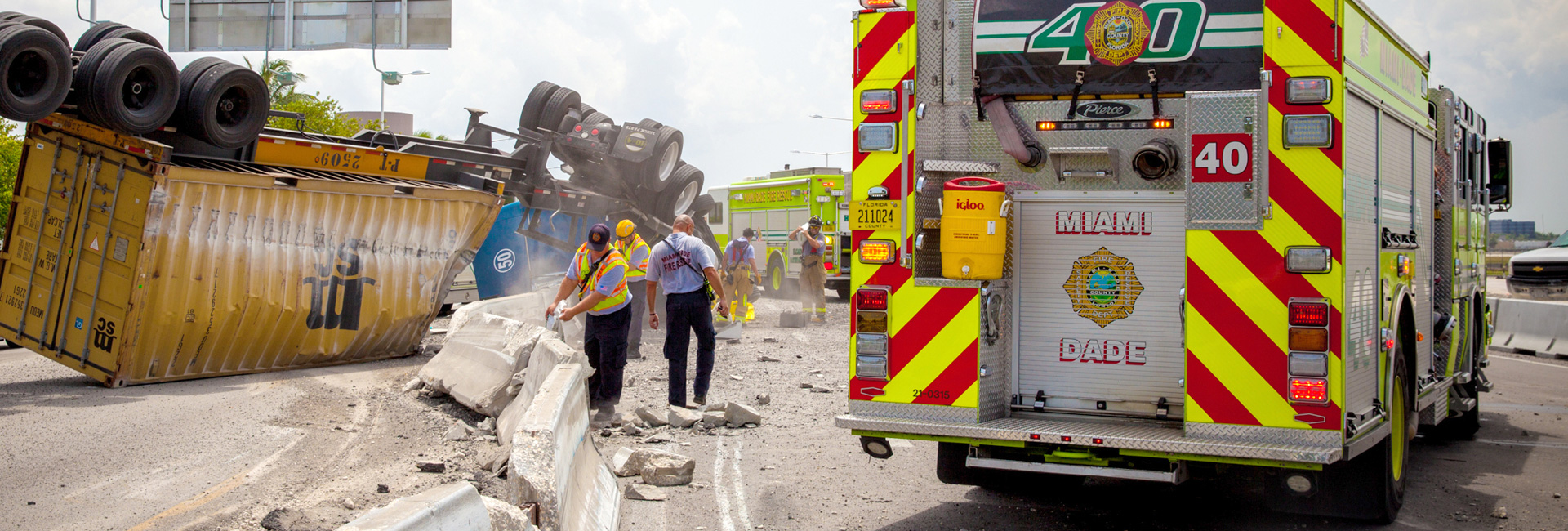Safety Tips: Burglar Bars
More than 4,000 Americans die each year in fires, and approximately 20,000 are injured. Security bars may help keep your family safe from intruders, but they can also trap you in a deadly fire! Miami-Dade Fire Rescue encourages individuals to use the following tips to help reduce the number of fire injuries and deaths associated with security bars on windows and doors preventing fire escape.
Watch the video on Burglar Bar Danger
- Use Quick Release Devices on Barred Windows and Doors
Windows and doors with security bars should have quick-release devices to allow them to be opened immediately in an emergency. These devices operate from inside and allow the bars to be opened for emergency escape without compromising the security of your home. The quick-release devices should be easy to open without the use of a key, detailed knowledge or great physical effort. Release devices vary by region and manufacturer. Contact your local fire department on a non-emergency number for information on approved release devices available in your area. - Consider Retrofitting Current Security Bars
Security bars on windows and locked doors prevent escape from fire and also impede firefighters' rescue attempts. If the security bars in your home are permanently fixed or do not have quick-release devices, they should be retrofitted with release devices. - Be Aware of Security Bar Issues When Practicing Fire Escape Routes
Know and practice fire escape plans monthly, and use them to identify and correct obstructions of windows and doors needed for escape from a deadly fire. Make sure that windows are not stuck, that screens can be taken out quickly and that security bars can be properly opened.
It is important that everyone in the family understands and practices how to properly operate locked or barred windows and doors. Windows should open easily and be wide enough to allow escape, and locked or barred doors should operate quickly and easily. - Plan Two Exits Out of Each Room
The best escape plans have two ways to get out of each room. If the primary exit is blocked by fire or smoke, you will need a second way out. A secondary route might be a window onto an adjacent roof or a collapsible ladder for escape from upper story windows. Purchase only collapsible ladders evaluated by a nationally recognized laboratory such as Underwriters Laboratory (UL). - Designate a Meeting Place Outside and Take Attendance
Designate a meeting location away from the home, but not necessarily across the street. For example, meet under a specific tree, at the end of the driveway, or on the front sidewalk to make sure everyone has exited safely. Designate one person to go to a neighbor's home to phone the fire department. - Once Out, Stay Out
Remember to escape first and then dial 911. Never go back into a burning building for any reason. Teach children not to hide from firefighters.
Finally, having working smoke alarms installed on every level of your home dramatically increases your chances of survival. Smoke-alarm batteries need to be tested every month and changed with new ones at least once a year. Also, consider replacing the entire smoke alarm every ten years, or as the manufacturer guidelines recommend.

Fire Rescue
Raied "Ray" Jadallah
R. David Paulison Fire Rescue Headquarters
9300 NW 41st Street,
Miami, FL 33178-2414
786-331-5000

